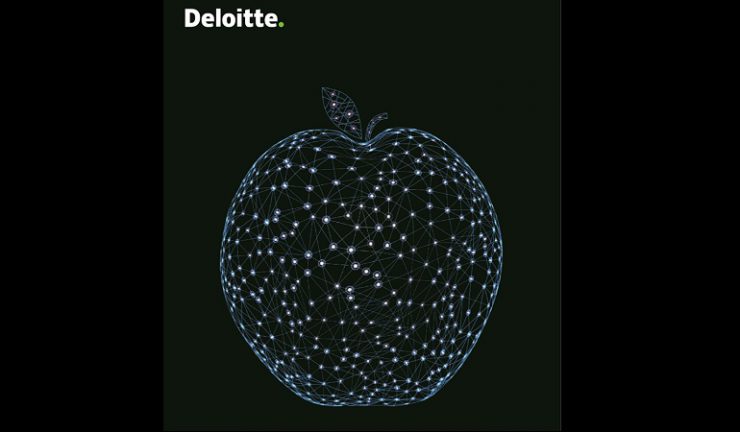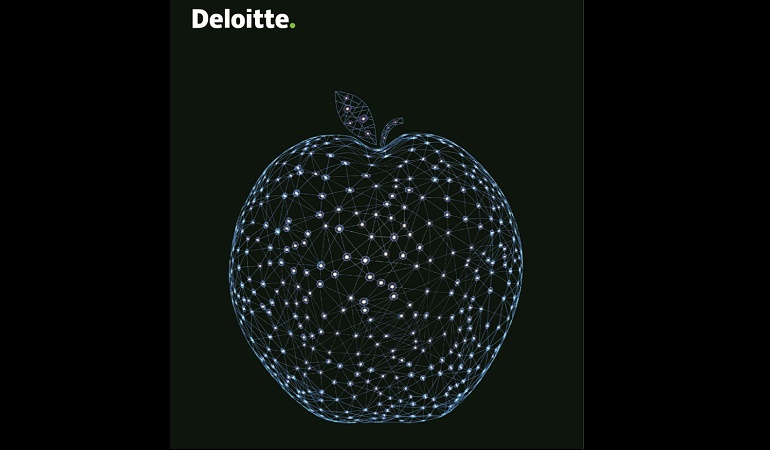In the face of declining brand loyalty.
Technology is redefining the potential of everyday products. Fridges that tell you when the milk expires and food products that suggest recipes and other related products when scanned in the supermarket. The ‘Internet of Things’ (IoT) can make everyday life better and easier by connecting everyday products with people. Used well, connected products can boost consumer engagement and deliver substantial value for both consumers and businesses.
This opportunity has never been more significant, as more companies find themselves needing to re- engage with consumers and stay relevant. In an increasingly competitive market, with brand loyalty at its lowest point, businesses are looking for creative ways to restore the lost connection with their consumer and influence buying decisions at point of purchase.
Brands need to transform their relationship with consumers by capitalising on the opportunities from IoT enabled digital services, according to a new paper by Deloitte, ‘Connected products – restoring brand value and reimagining consumer relationships’.

“A lot of branded consumer products companies are finding themselves stuck in the middle and need to find new and different ways to reconnect with consumers,” Deloitte national consumer products leader, Vanessa Matthijssen said. “Businesses need to create value for their customers beyond the standard product. Used well, digital services and connected products enabled by IoT have the potential to thoroughly change the relationship between consumers, the product and the brand.
According to Matthijssen, companies that seek to differentiate themselves, tap into consumer needs and through that realise premium pricing, need to create meaningful services and authentic experiences. “Technology and the exponential rate of mobile adoption have led us to enter the era of digital services and experiences.” Connected products powered by IoT will be important vehicles to create and deliver these experiences, she said.
Do consumers care?
IoT has seen uptake in the business world – think smart supply chains – but for consumer products the hype hasn’t quite translated into reality just yet. Australia has some of the highest smartphone penetration in the world, enabling people to interact with digital products and services with ease. But the latest Deloitte Mobile Consumer Survey revealed that 97% of Australian mobile consumers are yet to purchase a connected home device.
“However, innovations that will drive IoT technology forward and weave them into our everyday lives are those that will evoke the “care factor” by demonstrating real value to the consumer,” Matthijssen said. “Shifting consumer preferences towards health, wellness, safety and social impact represent an opportunity, for manufacturers and retailers to reset and reposition themselves to create an IoT offering consumers really care about. “Imagine the potential if we extend the concept of connected products to wellness and sustainability to induce the ‘care factor’ in consumers.”
Finding the right IoT value proposition for your business, however, can take some testing, trial and error.
“There are a seemingly infinite number of use cases of smart and connected devices. You can almost be certain if you can make a product, you can make it to include IoT. Start small and try. Don’t get discouraged too quickly as once the connected product and its value proposition is right, the pay-off for companies and customers will be significant.”
There are three types of digital services and experiences that can be offered to consumers through IoT enabled connected products:
Convenience – notifications and alerts. Connected products can simplify routine tasks within the patterns of daily life. Sensors and intelligent software allow products to get to know consumer preferences, anticipate needs and respond dynamically to behaviour;
Brand and product information. The traceability and transparency generated through IoT, technologies combined with connected packaging, provides brands with the opportunity to meet demand by delivering a wealth of multimedia content to consumers in a quick and easy way.
Real time insights – personal advice. Infusing products with smart capabilities can enable companies to adapt to the growing consumer trend toward purchasing personalised services and experiences rather than products. Manufacturers can shape the consumer experience by providing relevant advice that enlightens and educates consumers, and enables new ways for them to interact with the brand.
Where is the win-win?
For brands there are five key areas of value to be gained from successful connected offerings:
- Influencing at the point of purchase – the potential to influence shoppers ’in the moment’ through the provision of information, services and experiences in line with their brand values will be critical in the fight for attention
- Precision marketing –IoT enabled products allows companies to tailor their interactions offered to different audiences, and provide rewards and offers on an individual basis, in the moment
- Targeted innovation – the unprecedented wealth of granular usage data collected can be transformed into insights, delivered when and where it’s needed
- Reconnecting on shared values – the ability to quickly and effectively share brand narratives about social impact and human sustainability
- Unlocking the end-to-end value chain – transparency of the full end-to-end value chain is currently in the early stages of development, yet to be commercialised. However, the core technology is there and could allow a consumer to pick up a product, access the digital information and see where each ingredient in that product came from and how it was handled.
“The technology is here and consumers, shaped by other digital experiences, are receptive. The opportunity is for consumer product companies to embrace the connected product to restore brand value and reimagine the consumer relationship,” Matthijssen said.

